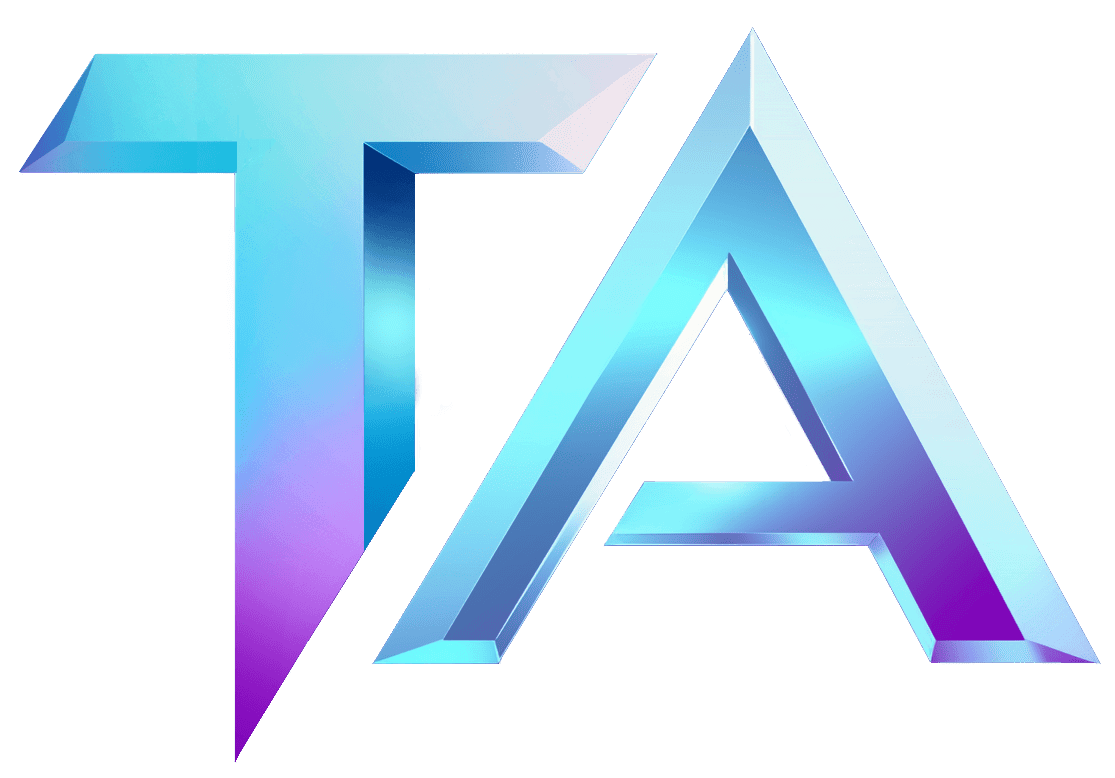Hierarchical Clustering in Star Atlas | Titan Analytics

Hierarchical Clustering in Star Atlas: An Insight from Titan Analytics
At Titan Analytics, where we combine our passion for data and gaming, we’re excited to delve into the world of Hierarchical Clustering and its applications within the Star Atlas universe. As a Solana validator and an analytics platform for Star Atlas, we aim to make complex concepts accessible and relevant to the vibrant community of space explorers and strategists.
Understanding Hierarchical Clustering
Hierarchical Clustering is a versatile statistical method used for grouping similar items into clusters. Imagine you have a collection of items or data points. Hierarchical Clustering organizes them into a tree-like structure called a dendrogram, which showcases how data points are related based on their characteristics.
Think about it like this: if you’re organizing your spaceship fleet based on attributes such as speed, cargo capacity, and weaponry, Hierarchical Clustering can help identify natural groupings based on these features. There are two common approaches to Hierarchical Clustering:
- Agglomerative Clustering: This is a "bottom-up" approach. It starts with individual data points and merges them based on their similarity until there is one large cluster.
- Divisive Clustering: The "top-down" method, where we start with one big cluster and break it down into smaller clusters.
Applications in Star Atlas
In the context of Star Atlas, Hierarchical Clustering can reveal insights into player behavior, asset performance, and market trends. Here are some specific applications:
-
Player Behavior Analysis: By clustering players based on their in-game activities (like trading patterns or exploration habits), we can identify distinct player profiles. This information helps developers tailor experiences to different segments of the player base, enhancing engagement.
-
Asset Grouping: When analyzing various in-game assets, clustering can help categorize ships, resources, or NFTs based on attributes like rarity, utility, and market trends. This classification can lead to more informed trading decisions and better investment strategies.
-
Market Trends: Applying Hierarchical Clustering to transaction data can uncover patterns in how the market behaves over time, such as recognizing seasonal trends or price fluctuations, enabling players to strategize effectively.
- Faction Comparisons: Factions in Star Atlas have unique traits and gameplay styles. Clustering can help identify which factions share similar characteristics or player bases, turning insights into targeted gameplay strategies.
Visualizing Relationships
One of the strengths of Hierarchical Clustering is its ability to provide visual insights. The dendrogram generated during this process allows for an intuitive understanding of how clusters are formed and which data points are closely related. This visual representation can be particularly useful when analyzing complex datasets typical in expansive gaming environments like Star Atlas.
Conclusion
Hierarchical Clustering offers invaluable tools for understanding and navigating the complexities of the Star Atlas universe. From strategic decisions to enhancing player experience, this method opens up new avenues for exploration and refinement in gameplay and asset management.
At Titan Analytics, we are committed to providing you with actionable insights that elevate your experience in Star Atlas. To explore more in-depth data modules tailored for Star Atlas, visit Titan Analytics Data Modules. If you have any questions or need assistance, feel free to contact us.
Happy exploring!




